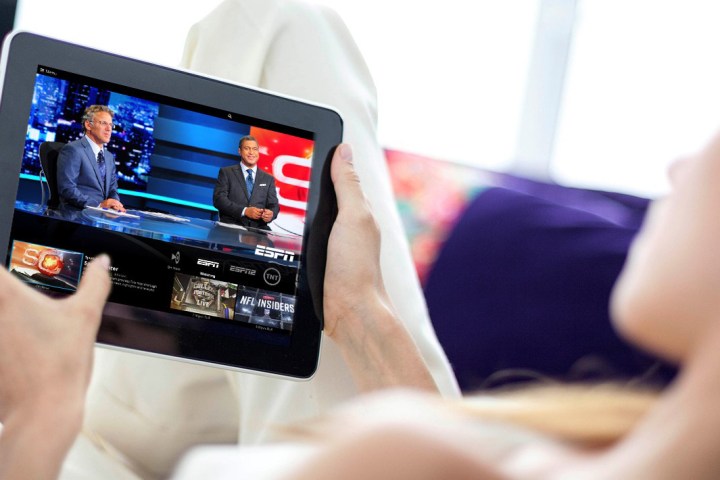
According to data from Leichtman Research Group (LRG), the top 13 pay-TV providers lost a record 385,000 subscribers in 2015, more than double the 150,000 subscribers lost in all of 2014. Martin says the biggest reason for the decline is overabundance. “There are just too many networks in the United States,” Martin said in a recent interview with Bloomberg. “There are a lot of households that just can’t simply pay, say, $80 and pay for all of these networks they really don’t care about.”
There’s a lot of truth to Martin’s claim. In 2014, Nielsen released a study that showed the average U.S. household receives roughly 190 channels. However, those same households actually watch an average of 17 channels, less than a tenth of what they are being offered.
None of Turner’s channels with original programming allow you to view episodes online or on mobile without a cable subscription in the way Comedy Central’s stand-alone app does, but Turner has been making efforts to trim the cord. Turner has made its channels such as TBS, Cartoon Network, and TNT available on Dish Network’s skinny cable bundle Sling TV since its inception back in 2015. Turner even made those channels available in Sling’s new offering that allows multiple streams from one account. This caveat is what caused Disney to not include its channels in the multi-stream plan, as to not take away pay-TV subscribers, particularly multi-person households, which enjoy being able to watch channels on multiple TV’s in the home from one cable subscription.
Martin’s Bloomberg interview was predicated on the news of Turner leading a new $45 million funding round for digital media company Refinery29. Martin says the investment is part of a “big transformation happening within our company” centered on having more control on how viewers consume its content.
“We as media and content providers and creators need to take our own destiny into our own hands,” Martin said “To make sure our video can get to consumers in more places and in more ways — and frankly, maybe better ways in terms of user experiences — than what they’ve been used to experiencing through traditional cable satellite telco [telecommunications] providers.”
With the majority of U.S. households having at least one subscription video-on-demand (SVOD) service like Netflix, Turner may be getting ahead of an inevitable wave of subscriber losses in the near future.
Editors' Recommendations
- How many devices can you watch Sling TV on at once?
- Sling TV raises its prices by $5 per month for new subscribers
- What is Orby TV? The prepaid satellite service for cord-cutters
- YouTube TV launches on PlayStation 4 consoles in the U.S.
- Sling TV increases price for streaming subscriptions by 20%


